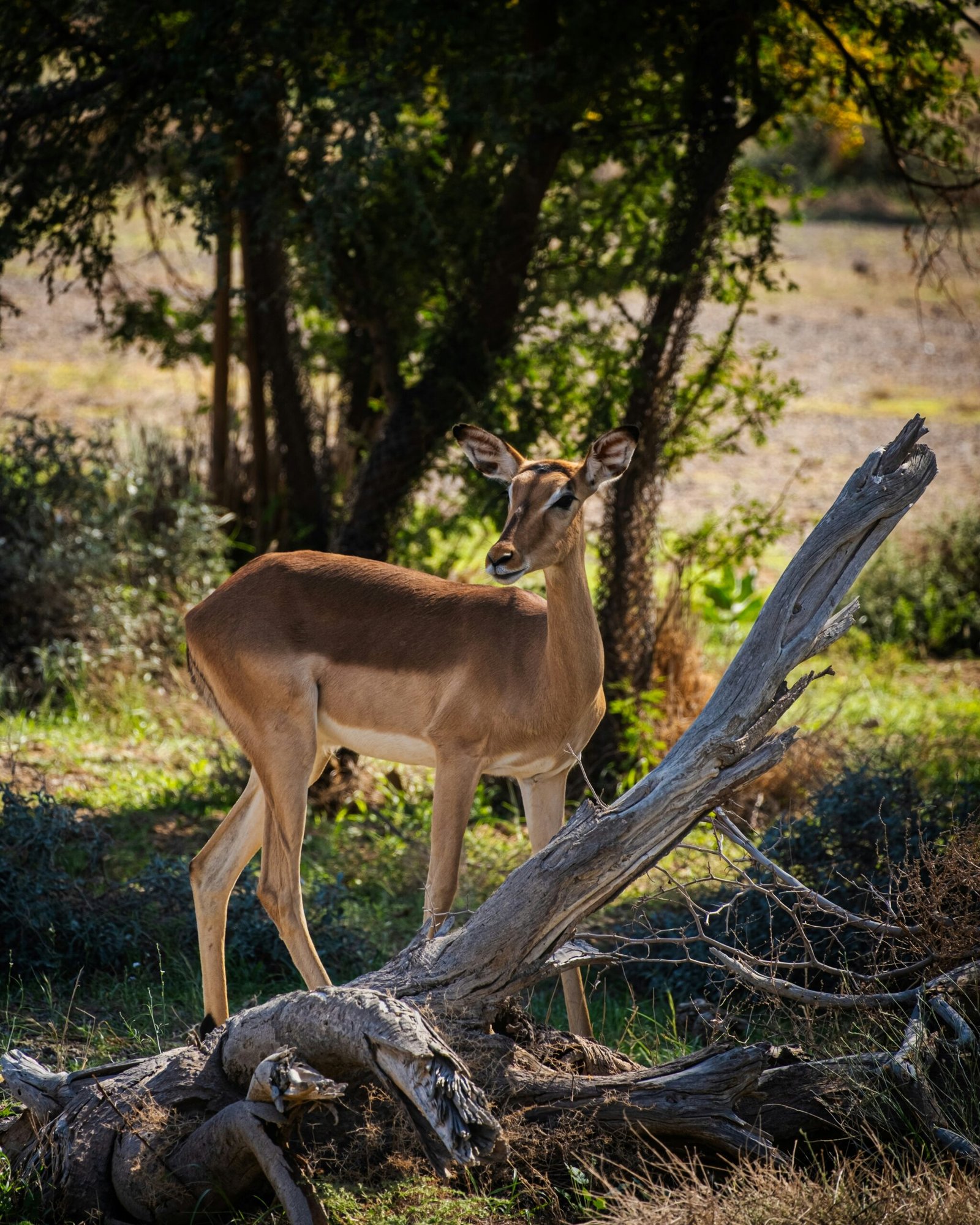

Introduction to Wildebeest
Wildebeest, also known as gnus, are large antelopes found in the plains and open woodlands of Africa. They are renowned for their annual migration, one of the most spectacular wildlife events on the planet. This step-by-step tutorial will guide you through the essential aspects of understanding wildebeest, their behavior, and their significance in the ecosystem.
Step 1: Identifying Wildebeest
Wildebeest are easily recognizable by their robust build, large heads, and curved horns. They have a distinctive appearance with a shaggy mane and a beard, with their coat color varying from blue-grey to brown. There are two main species: the blue wildebeest and the black wildebeest. The blue wildebeest is more common and is noted for its bluish-grey body and black mane, while the black wildebeest has a dark brown coat and a white tail.
Step 2: Understanding Wildebeest Behavior
Wildebeest are known for their gregarious nature, often forming large herds. These herds provide safety in numbers, reducing the risk of predation. Their social structure is dynamic, with herds frequently merging and splitting. Wildebeest communicate through vocalizations and physical gestures, with distinctive grunts and moos being common sounds in the herd. They are also known for their synchronized birthing, where most calves are born within a short period, usually during the rainy season, to overwhelm predators.
Step 3: The Great Migration
The Great Migration is perhaps the most iconic aspect of wildebeest life. Each year, over a million wildebeest travel across the Serengeti and Maasai Mara ecosystems in search of fresh grazing lands. This migration is driven by seasonal rainfall patterns and is fraught with dangers, including river crossings and predator encounters. The migration plays a crucial role in the ecosystem, facilitating nutrient cycling and supporting a diverse range of predators and scavengers.
Conclusion
Understanding wildebeest involves appreciating their unique physical characteristics, social behaviors, and the ecological significance of their migration. These remarkable animals are a testament to the complexity and interdependence of African wildlife. By learning about wildebeest, we gain insights into broader ecological processes and the importance of conservation efforts to protect these incredible creatures and their habitats.
RELATED POSTS
View all
